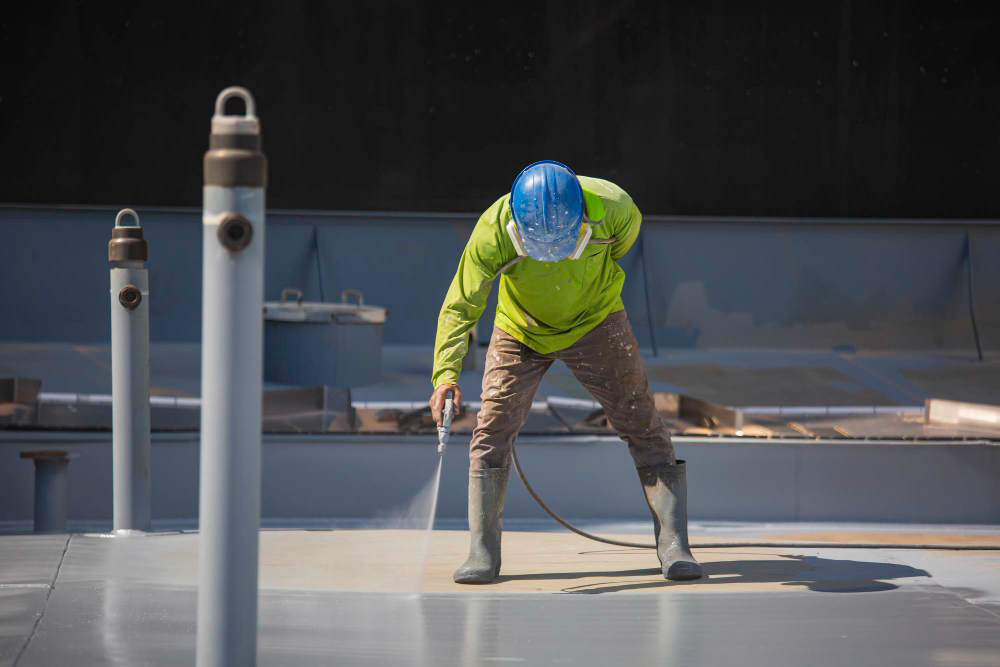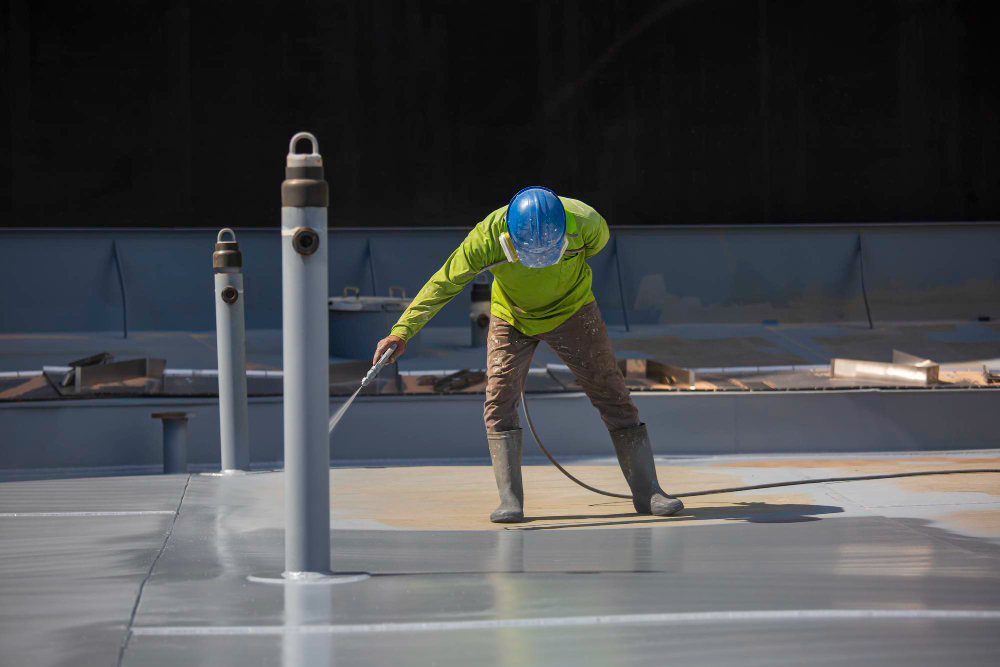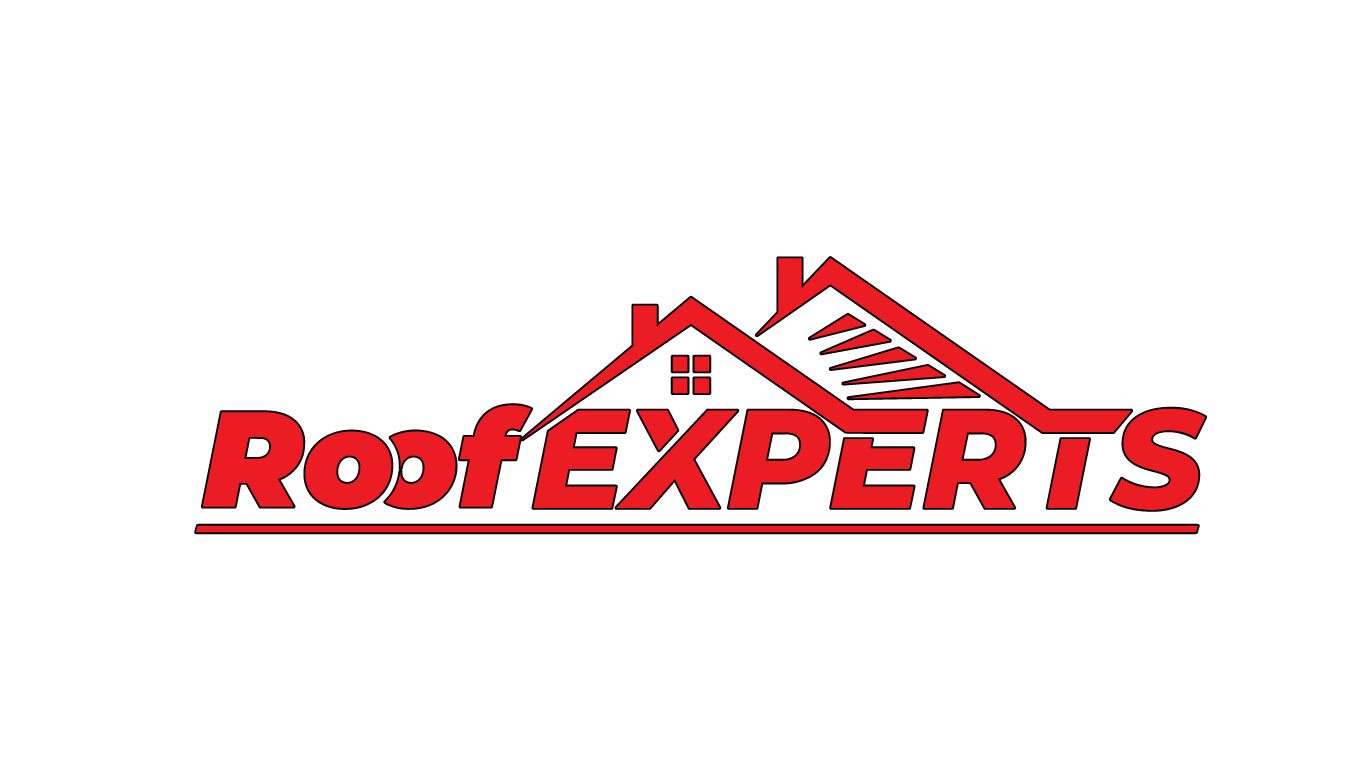

Roofing technology has come a long way in recent years, and one method that has gained considerable attention is fluid-applied roofing. This innovative approach to roof installation and restoration offers a host of benefits that make it an attractive choice for both residential and commercial projects. In this blog post, we will delve into the world of fluid-applied roofing and explore why it is considered the future of roofing technology.
1. A Seamless and Monolithic Solution: Fluid-applied roofing involves the application of liquid materials directly onto the roof surface, creating a seamless and monolithic membrane. Unlike traditional roofing systems that rely on multiple layers and seams, this technique eliminates weak points and potential areas of water infiltration. The result is a highly reliable and watertight solution that provides superior protection against leaks and water damage.
2. Versatility in Application:
Fluid-applied roofing systems can be applied to various roof types and substrates. Whether you have a flat roof, low-slope roof, metal roof, or even a roof with complex designs, fluid-applied roofing can be tailored to meet your specific needs. It adheres well to different materials such as concrete, metal, and single-ply membranes, making it a versatile choice for a wide range of roofing projects.
3. Exceptional Durability and Longevity: One of the standout features of fluid-applied roofing is its exceptional durability. The liquid materials used in these systems are designed to withstand the harshest weather conditions, including UV radiation, temperature extremes, and heavy rain. This resilience translates into a longer roof lifespan, reducing the need for frequent repairs and replacements. By investing in fluid-applied roofing, you can rest assured that your roof will stand the test of time.
4. Energy Efficiency and Environmental Sustainability:
Fluid-applied roofing systems often incorporate reflective properties that help reduce heat absorption. By reflecting a significant portion of the sun’s rays, these roofs can keep the building cooler and lessen the strain on air conditioning systems. This energy efficiency not only leads to lower utility bills but also contributes to a more sustainable built environment by reducing the carbon footprint of the building.
5. Cost-Effective Solution:
While fluid-applied roofing may initially have a higher upfront cost compared to some traditional roofing methods, it offers long-term cost savings. The seamless and durable nature of the membrane minimizes the risk of leaks and subsequent repair expenses. Additionally, the extended lifespan of fluid-applied roofs reduces the need for frequent replacements, resulting in lower maintenance and replacement costs over time.



Summarize your business so the visitor can learn about your offerings from any page on your website.